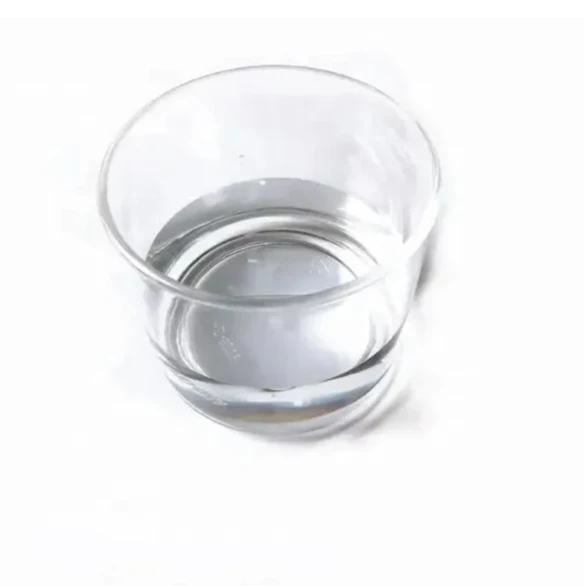Warning: Undefined array key "title" in /home/www/wwwroot/HTML/www.exportstart.com/wp-content/themes/1198/header.php on line 6
Warning: Undefined array key "file" in /home/www/wwwroot/HTML/www.exportstart.com/wp-content/themes/1198/header.php on line 7
Warning: Undefined array key "title" in /home/www/wwwroot/HTML/www.exportstart.com/wp-content/themes/1198/header.php on line 7
Warning: Undefined array key "title" in /home/www/wwwroot/HTML/www.exportstart.com/wp-content/themes/1198/header.php on line 7
- Afrikaans
- Albanian
- Amharic
- Arabic
- Armenian
- Azerbaijani
- Basque
- Belarusian
- Bengali
- Bosnian
- Bulgarian
- Catalan
- Cebuano
- China
- China (Taiwan)
- Corsican
- Croatian
- Czech
- Danish
- Dutch
- English
- Esperanto
- Estonian
- Finnish
- French
- Frisian
- Galician
- Georgian
- German
- Greek
- Gujarati
- Haitian Creole
- hausa
- hawaiian
- Hebrew
- Hindi
- Miao
- Hungarian
- Icelandic
- igbo
- Indonesian
- irish
- Italian
- Japanese
- Javanese
- Kannada
- kazakh
- Khmer
- Rwandese
- Korean
- Kurdish
- Kyrgyz
- Lao
- Latin
- Latvian
- Lithuanian
- Luxembourgish
- Macedonian
- Malgashi
- Malay
- Malayalam
- Maltese
- Maori
- Marathi
- Mongolian
- Myanmar
- Nepali
- Norwegian
- Norwegian
- Occitan
- Pashto
- Persian
- Polish
- Portuguese
- Punjabi
- Romanian
- Russian
- Samoan
- Scottish Gaelic
- Serbian
- Sesotho
- Shona
- Sindhi
- Sinhala
- Slovak
- Slovenian
- Somali
- Spanish
- Sundanese
- Swahili
- Swedish
- Tagalog
- Tajik
- Tamil
- Tatar
- Telugu
- Thai
- Turkish
- Turkmen
- Ukrainian
- Urdu
- Uighur
- Uzbek
- Vietnamese
- Welsh
- Bantu
- Yiddish
- Yoruba
- Zulu
Dek . 07, 2024 16:38 Back to list
Understanding the Properties and Applications of Chromium Trioxide in Chemistry and Industry
Chromic Acid (CrO3) An Overview
Chromic acid, represented chemically as CrO3, is a highly significant compound in various industrial and laboratory settings. This compound, also known as chromium trioxide, is the anhydride of chromic acid and is widely recognized for its strong oxidizing properties. Due to its versatile uses and powerful chemical nature, understanding chromic acid is crucial for both safety and application in chemical processes.
Properties
Chromic acid is a dark red to purple crystalline solid, which is hygroscopic, meaning it easily absorbs moisture from the air. It is soluble in water and produces an acidic solution when dissolved. One of the defining characteristics of chromic acid is its ability to act as a strong oxidizer; it can readily oxidize a variety of organic and inorganic substances. This property makes it exceptionally useful in various applications but also poses significant handling risks, as it can react violently with reducing agents.
Production
Chromic acid is typically produced by the oxidation of chromium(III) compounds, particularly chromium(III) oxide or chromium(III) sulfate, with strong oxidizing agents such as sulfuric acid in a controlled environment. The balanced reaction typically involves the conversion of chromium(III) to chromium(VI), the latter being the form found in chromic acid. This process results in a compound that can be further utilized in numerous industrial applications.
Applications
1. Electroplating and Metal Finishing One of the most notable applications of chromic acid is in the field of electroplating. When used in plating baths, it helps to deposit a chromium layer onto various metal substrates, enhancing durability and corrosion resistance. This application is widely seen in industries that require protective metal coatings for components and machinery.
chromic acid cro3

2. Leather Tanning Chromic acid plays a vital role in the leather tanning process. The compound helps in transforming animal hides into leather, providing the necessary rigidity and resistance to degradation. However, due to environmental and health concerns associated with chromium(VI) compounds, certain regulatory measures are being implemented to limit the use of chromic acid in this industry.
3. Analytical Chemistry In laboratories, chromic acid is used for cleaning glassware and as a reagent in various chemical reactions. Its strong oxidizing capability is leveraged to analyze compounds through oxidation processes, aiding in the identification and quantification of substances in chemical testing.
4. Chemical Synthesis Chromic acid is also utilized in synthetic organic chemistry for the oxidation of alcohols to carbonyl compounds. Its powerful oxidizing properties enable chemists to achieve specific transformations that are otherwise difficult to attain with milder reagents.
Safety and Environmental Concerns
While chromic acid is an invaluable compound in various applications, it poses numerous health and environmental risks. Exposure to chromic acid can lead to severe health issues, including respiratory problems, skin irritation, and long-term health effects such as cancer due to its classification as a carcinogen. Consequently, proper safety measures, including the use of personal protective equipment (PPE) and appropriate ventilation, are essential when working with this compound.
Moreover, the disposal of chromium-containing waste is a significant environmental concern. Contaminated waste must be processed and treated correctly to mitigate the risks posed by chromium(VI) to ecosystems and human health. Due to these risks, many industries are actively seeking alternative methods and compounds that can replace chromic acid in their operations.
Conclusion
In summary, chromic acid (CrO3) is a compound of great utility across various industries, primarily due to its strong oxidizing properties. While it serves essential roles in electroplating, leather tanning, analytical chemistry, and chemical synthesis, the dangers associated with its use necessitate stringent safety protocols. As awareness grows regarding the environmental impact and health risks linked to chromium compounds, the focus on finding safer alternatives continues to increase. Understanding both the benefits and risks of chromic acid is vital for professionals in the field to navigate its applications effectively and responsibly.
Latest news
-
Certifications for Vegetarian and Xanthan Gum Vegetarian
NewsJun.17,2025
-
Sustainability Trends Reshaping the SLES N70 Market
NewsJun.17,2025
-
Propylene Glycol Use in Vaccines: Balancing Function and Perception
NewsJun.17,2025
-
Petroleum Jelly in Skincare: Balancing Benefits and Backlash
NewsJun.17,2025
-
Energy Price Volatility and Ripple Effect on Caprolactam Markets
NewsJun.17,2025
-
Spectroscopic Techniques for Adipic Acid Molecular Weight
NewsJun.17,2025

